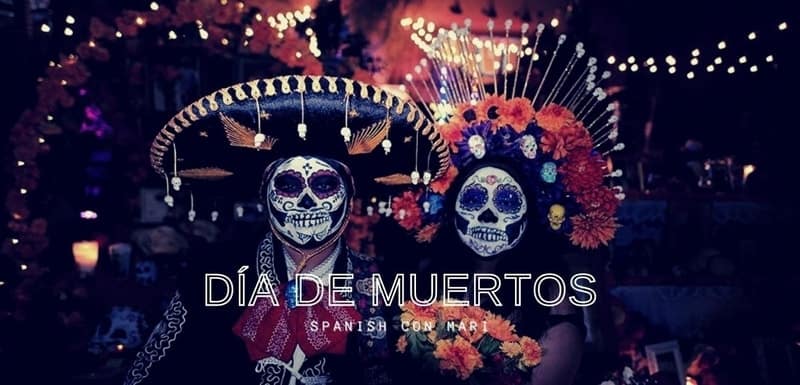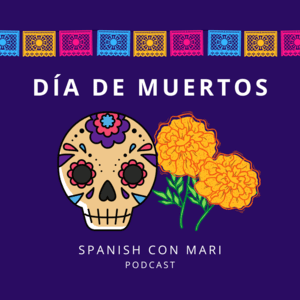
The most popular Mexican tradition
Learn a little more about the Day of the Dead in Mexico, its origin and traditions…
Mexico is a country very rich in culture, it is located in North America, its capital is Mexico City and its official language is Spanish. It is also one of the most populated countries in the world, with approximately 126 million inhabitants and is the most visited destination in Latin America.
One of the main aspects that make up its identity as a nation is the conception of life and death, which is why one of its most important traditions is the celebration of the Day of the Dead. Although it is related to death, it must be clear that it is NOT a Mexican version of Halloween.
What is the Day of the Dead?
The Day of the Dead is a traditional Mexican celebration that honors the dead and the point is to show love and respect for deceased family members.
When is the Day of the Dead?
It is from November 1 to 2. Only during these days the souls of loved ones can return from the dead to be with their family. The souls of the children return to visit on November 1, while the souls of the adults return on the 2nd.
What is the origin of the Day of the Dead?
This celebration originates from pre-Hispanic times. When the Mexica, also known as the Aztecs, were the dominant indigenous people, they believed that the destiny of the souls of the dead was determined by the type of death they had had and NOT by their behavior in life.
Listen to this episode in SPANISH

Destinations of the dead according to the Aztecs:
So, the person could have 4 destinations:
- If the person died in circumstances related to water, he went to the paradise of Tlaloc, the god of rain.
- Those killed in combat and women who died in childbirth arrived at Omeyocan, the paradise of the sun, presided over by Huitzilopochtli, god of war. The Omeyocan was a place of permanent joy, where the sun was celebrated with music, songs and dances. The dead who went there returned to the world after four years turned into birds with beautiful colored feathers.
- The dead children before their consecration to the water went to Chichihuacuauhco, a place with a tree that dripped milk so that the children could feed themselves.
- And those who died by natural death had to reach the Mictlan. For this, they had to overcome 9 stages of the underworld to reach eternal rest.
What was the Mictlan?
For the Mexica (Aztecas), the Mictlan was the place of the dead, which the deceased went through for 4 years going through a process of detachment to achieve peace.
The first level had a river that people crossed with the help of a Xoloitzcuintle, an emblematic hairless dog from Mexico, which only helped those who had treated the animals well in life.
Then they went into caves, climbed mountains of obsidian (obsidian is a volcanic rock of black color), they resisted the cold, they lost the force of gravity, they received arrows, a jaguar opened their chest to eat their heart and they reached a lagoon of sewage before reaching the last level.
Finally, level 9 represents the passage of 9 rivers. It was like meeting all emotions and leaving them behind, since water means purity. There, they already entered the Mictlan, the residence of the lord and lady of death to rest.
Due to this belief, when a person died from a natural cause, the Mexica would bury them with food, water, candles to light up and with their dog to help them on their 4-year journey to Mictlan.
Day of the Dead traditions
Currently, the celebration begins on the night of October 31, people go to cemeteries, clean and decorate the graves of their loved ones with colorful flower wreaths of roses, sunflowers and marigolds.
In case that people are unable to visit the graves, they make altars at home with the deceased’s personal belongings, food and favorite drink. In addition to the essential elements of an altar for the dead, such as: a glass of water, pan de muerto, cempasuchil flowers, sugar skulls, candles, copal and a photo of the dead.
During these nights they pray and at the end of the celebration they eat and drink.
